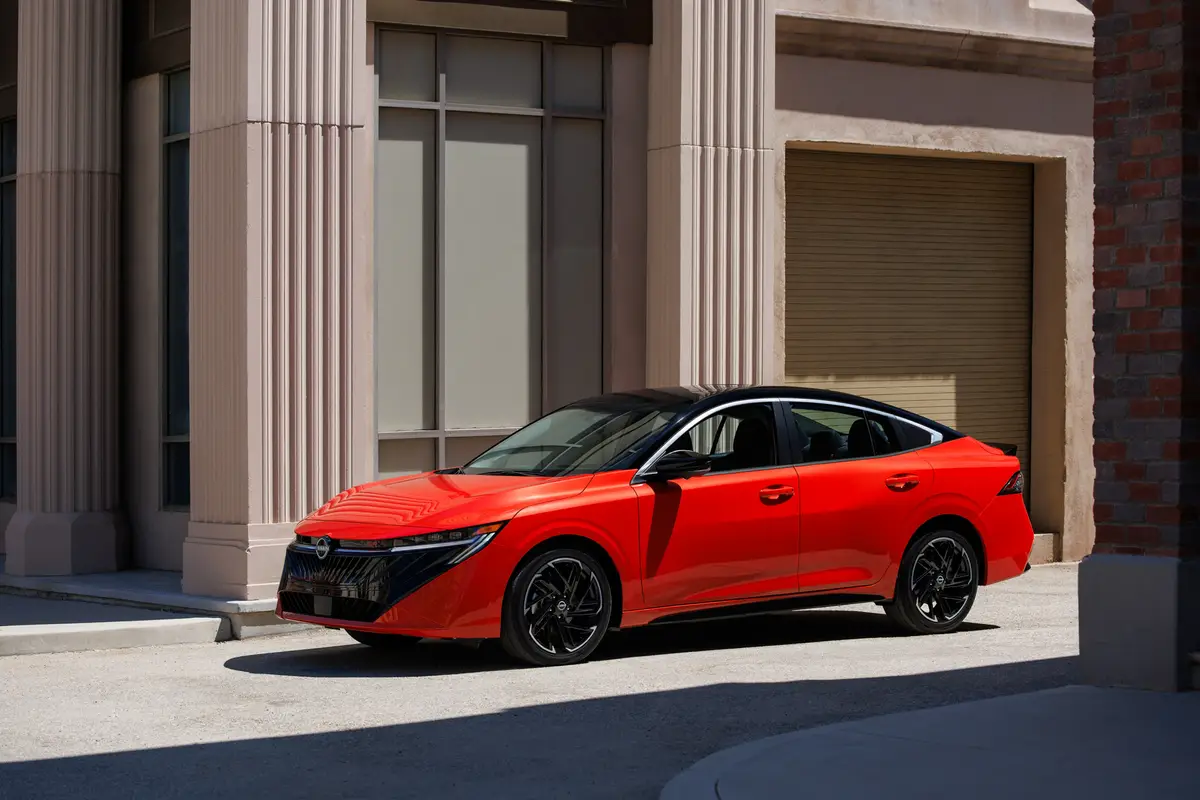washingtonpost.com's view
Electricity and other alternative fuels will play a big role in the automobile industry by 2025. But “big” does not mean anything resembling dominance.
Radically changing our motor fuels regimen requires a political will and foresight not yet evident in the United States. It demands new fueling and safety infrastructures, a difficult public and private pursuit fraught with winners, losers and inevitable political struggle.
That means gasoline will be around for a while, especially in America, as long as car companies continue building smaller, lighter gasoline engines without sacrificing power.
Welcome to the age of appealing compromise, represented by the 2010 GMC Terrain SLT-2 crossover wagon. It matters not that we’ve seen this one before in the discernibly different body of the 2010 Chevrolet Equinox LT. There’s a story about compromise there, too.
Car manufacturers call it “badge engineering.” It’s a strategy to reduce vehicle development and manufacturing costs while appealing to different market niches, usually at variable prices. It works like this:
A manufacturer uses the same basic vehicle structure or “platform.” Computer-assisted design is employed to change the look and feel of the end product. All major car manufacturers do it, or something similar to it.
What matters today is satisfying consumers’ contradictory needs and desires: power with fuel economy; maximum safety with speed and handling; SUV utility and ruggedness with sedan ride and even sports car appearance (the Acura ZDX and Honda Crosstour, for example); station wagon practicality with a rugged SUV look, though lacking the ability for truly tough off-road runs (the Terrain); and a mom-mobile with the persona of Sarah Palin (the Equinox).
Would you like proof that this world of compromise is working? Go to any Chevrolet or GMC dealership that survived GM’s blitzkrieg reorganization under bankruptcy. The remaining Chevrolet dealers are begging for as many Equinoxes as they can get. Buick-GMC dealers (formerly Buick-Pontiac-GMC) are doing the same thing in pursuit of the Terrain. Both models are runaway hits — for different reasons.
My wife, Mary Anne, and I discovered as much in driving both models.
Equinox buyers wanted a stylish family vehicle — as opposed to a “real” SUV, a minivan or a station wagon. They also wanted what they considered “fair” fuel economy, which means good mileage for the vehicle’s size and intended use.
Most Equinox buyers we spoke to were more interested in hauling family, groceries and light loads. They went for GM’s 2.4-liter, inline four-cylinder engine with 182-horsepower and 172-foot-pounds torque. It satisfied their power needs and wants, and kept them reasonably happy at the gas pump, with an estimated 16 to 24 mpg in city traffic and 24 to 34 mpg on the highway.
We chose the same engine for our time in the Terrain, which turned out to be an unpopular choice for other Terrain drivers/owners, or people who wanted the rugged looks, bigger engine and the occasional function of an SUV without an SUV’s gas-guzzling nature.
Terrain people wanted the power of a V-8 with the fuel economy of a V-6, or the fuel-economy of a four-cylinder engine as long as it could deliver 200 horsepower or more. They were unabashed in their pursuit of contrary desires. More Terrain people also mentioned their preference for all-wheel drive, which is available on the Terrain and the Equinox.
Maybe that’s because we drove an all-wheel-drive Terrain in the East Coast’s brutal snowstorms, during which it performed beautifully. By comparison, we drove the Equinox, including a front-wheel-drive model, in the balmy days of summer, when it served us well, too.
Still, Terrain drivers and owners tended to lean more toward GM’s line of direct fuel-injected V-6 engines that come with 264 horsepower and all the chutzpah of a V-8. It had a combined 23 city-highway mileage.
Techno-compromises, such as getting more power out of smaller gasoline engines, will remain a reality as long as car companies keep giving buyers what GM is giving them in the Terrain and Equinox — excellent fit and finish, differentiated design and feel, comfort, safety and utility — all at an affordable price.
Performance is there. But it’s for real-world drivers who understand that when hauling family and stuff, “performance” means more than zipping around corners at high speeds.
That also will hold true for alternatively fueled vehicles, when they finally arrive in meaningful numbers.
Brown is a special correspondent.
Latest news



